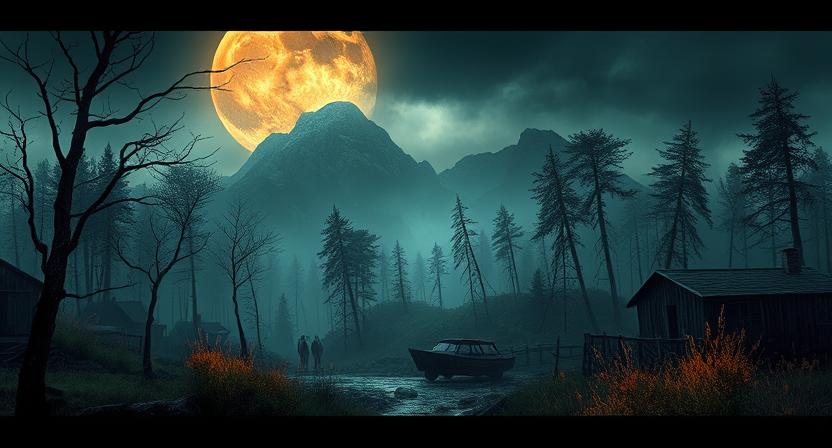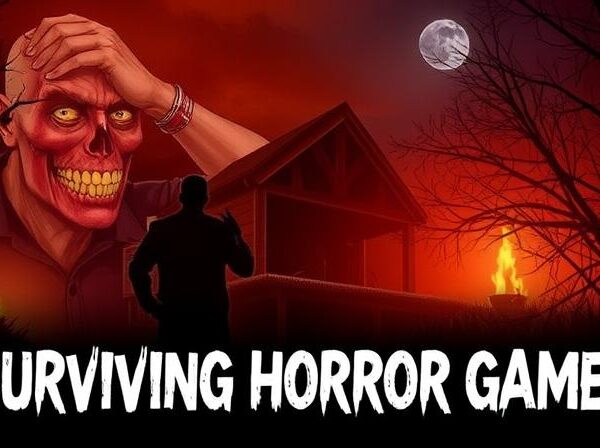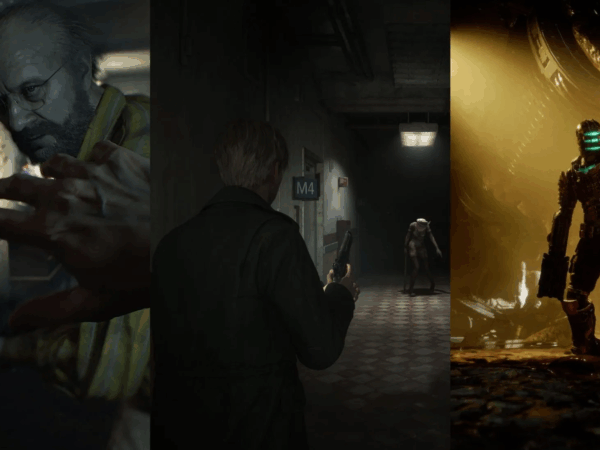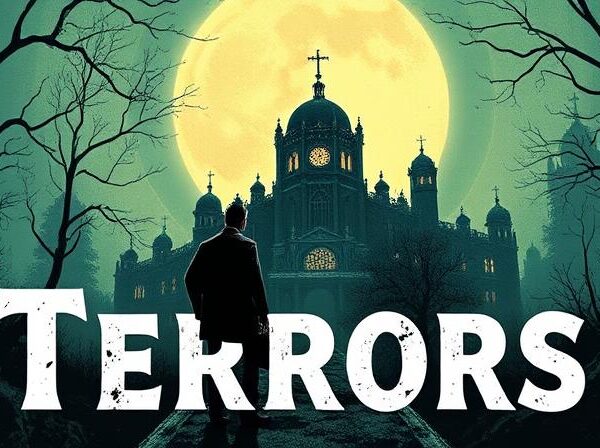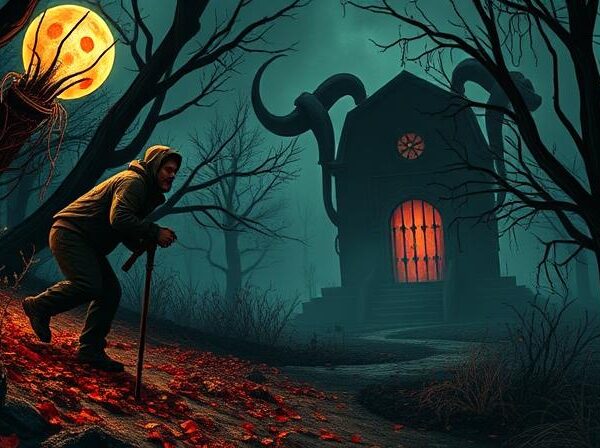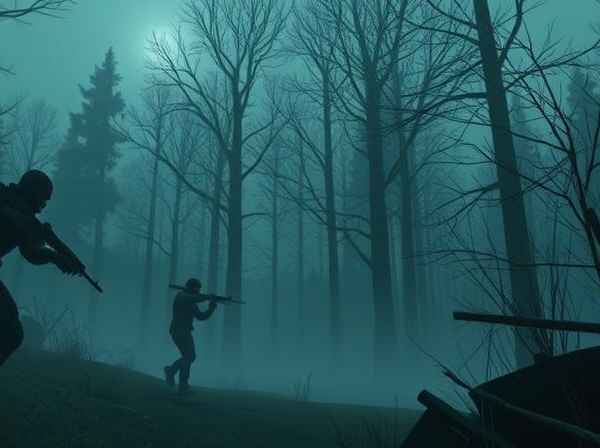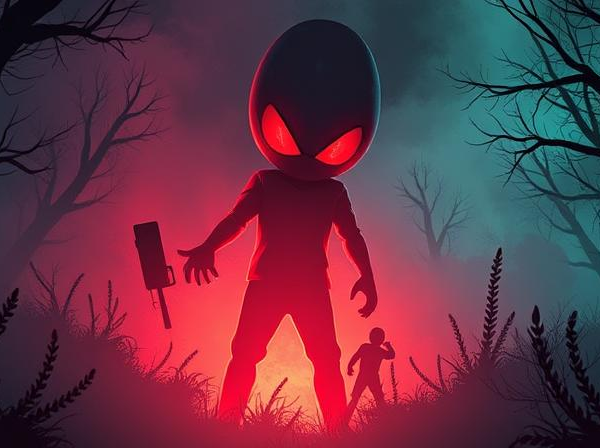Unleashing Fear: Exploring the World of Survival and Horror Games
Exploring Different Elements of Survival and Horror Games
Survival and horror games offer players a unique combination of challenges and thrills that keep them on the edge of their seats. One of the key elements that make these games so compelling is their immersive environments. From dark and decrepit abandoned buildings to isolated and desolate landscapes, these games transport players to eerie and atmospheric settings. The attention to detail in the graphics and design adds to the overall sense of dread and tension, creating an unparalleled experience for players.
Another important element in survival and horror games is the gameplay mechanics. These games often require players to carefully manage their resources, making every decision crucial to their survival. Whether it’s scavenging for supplies, crafting weapons, or solving intricate puzzles, these mechanics add depth and complexity to the gameplay. Additionally, the inclusion of stealth and strategic planning further intensifies the sense of vulnerability and suspense. After all, in these games, survival is not a given; it’s something that players have to fight for, and the challenge is what keeps them coming back for more.
Differentiating Survival and Horror Games: Understanding the Key Features
Survival games and horror games are often grouped together due to their shared focus on tension and fear. However, these genres have distinct elements that set them apart from each other. In survival games, the primary objective is to endure and navigate through challenging environments. This might involve gathering resources, crafting tools, and managing hunger or health meters. The gameplay revolves around strategic decision-making and resource management, creating a sense of realism and immersion.
On the other hand, horror games prioritize the element of fear and psychological terror. These games often incorporate elements of suspense, jump scares, and a spooky atmosphere to keep players on the edge of their seats. The focus is on creating a sense of unease and helplessness, challenging players to confront their fears head-on. Narrative-driven storytelling, unique enemy designs, and immersive sound design play crucial roles in establishing a terrifying experience for the players.
The Psychological Impact of Survival and Horror Games
Survival and horror games have the potential to create a profound psychological impact on players. The combination of suspenseful gameplay, eerie environments, and intense fear-inducing moments can result in a heightened sense of anxiety and tension. These games often challenge players to navigate through dangerous situations, forcing them to make split-second decisions under pressure. As a result, players may experience a range of emotions, such as fear, stress, and a sense of vulnerability.
One major psychological impact of survival and horror games is the feeling of immersion. When players become fully engrossed in the game world, their sense of reality can blur, making them more susceptible to emotional responses. The atmospheric audio design, detailed visuals, and strategic use of lighting and shadows all contribute to creating a sense of tension and unease. This sense of immersion can lead players to experience genuine fear, causing their heart rate to increase, palms to sweat, and adrenaline to surge. The psychological impact of survival and horror games is a fascinating area of study that continues to captivate researchers and players alike.
The Evolution of Survival and Horror Games: From Classic to Modern
Survival and horror games have come a long way since their early beginnings in the gaming industry. Classic survival games, such as the iconic Resident Evil series, introduced players to an intense combination of resource management and frightful encounters with grotesque creatures. These games relied heavily on fixed camera angles and limited ammunition, creating a palpable sense of tension and vulnerability. The success of these classic titles paved the way for the evolution of survival and horror games, leading to the birth of the modern era.
With advancements in technology and game design, modern survival and horror games have reached new heights in terms of immersive gameplay and psychological impact. Games like Amnesia: The Dark Descent and Outlast have revolutionized the genre by introducing mechanics that emphasize the powerlessness of the player character. Limited resources and the absence of combat options force players to rely on their wits and stealth, heightening the feeling of vulnerability and anxiety. Additionally, games like Until Dawn and Alien: Isolation have introduced branching narratives and dynamic AI systems that adapt to the player’s actions, providing a unique and unpredictable experience with every playthrough.
The Role of Sound Design in Creating Fearful Atmospheres in Games
Sound design plays a crucial role in creating fearful atmospheres in games, heightening the player’s sense of suspense, tension, and immersion. By using a combination of ambient noises, eerie melodies, and spine-chilling sound effects, game developers are able to evoke a range of emotions and effectively intensify the gaming experience. The strategic placement of audio cues, such as distant footsteps or whispered voices, can keep players on the edge of their seats as they navigate through dark and treacherous virtual environments.
One of the key elements of sound design in horror games is the use of dynamic audio systems. These systems allow for the seamless integration of sound effects that respond to the player’s actions and in-game events. For example, as players approach danger or encounter a terrifying creature, the audio becomes more intense, creating a sense of urgency and fear. Additionally, the use of spatial audio techniques, such as 3D audio or binaural recording, further enhances the immersion by creating a realistic and immersive soundscape. The combination of these techniques ensures that players are fully immersed in the eerie and unsettling atmosphere of the game, heightening their overall experience and sense of fear.
Analyzing the Success of Popular Survival and Horror Games
Popular survival and horror games have seen immense success in the gaming industry, captivating players with their unique blend of adrenaline-pumping gameplay and suspenseful narratives. One of the key factors contributing to their success is the ability to tap into our primal instincts, triggering a range of emotions such as fear, anxiety, and excitement. These games often require players to navigate through challenging environments, making strategic decisions on limited resources, and confronting horrifying enemies, all of which intensify the immersive experience.
Another aspect that sets successful survival and horror games apart is their ability to create a sense of vulnerability and helplessness in players, heightening the overall tension. By limiting the player’s access to weapons, ammunition, or tools, these games force them to rely on their wits and problem-solving skills to survive. This design choice not only adds an additional layer of difficulty but also enhances the feeling of danger and uncertainty, keeping players on the edge of their seats. The combination of atmospheric graphics, haunting sound effects, and gripping narratives results in an unforgettable gaming experience that keeps players coming back for more.
Exploring the Role of Characters in Survival and Horror Games
One of the key elements that makes survival and horror games truly immersive is the role of characters. In these games, players often take on the role of a protagonist who is thrust into a harrowing and dangerous situation. The character becomes the player’s avatar, allowing them to experience the fear, tension, and adrenaline rush firsthand. The success of a survival or horror game largely depends on the player’s connection with the character, as it is this connection that drives the player’s emotions and motivations throughout the gameplay.
In survival games, the character often starts with limited resources and must navigate through hostile environments, making difficult decisions that can determine their fate. The character’s abilities, skills, and knowledge become essential tools for survival. On the other hand, in horror games, the character is typically confronted with supernatural or terrifying entities, forcing them to confront their deepest fears. The player’s empathy towards the character’s vulnerability and the stakes attached to their survival intensify the horror experience. By creating well-developed and relatable characters, developers can significantly enhance the player’s immersion and emotional investment in the game.
Examining the Influence of Real-Life Survival Skills in Gaming
In the immersive world of gaming, players often find themselves facing various challenges that require quick thinking, adaptability, and problem-solving skills. These virtual obstacles can closely mirror real-life situations, offering players the opportunity to apply their real-life survival skills within the gaming realm. By incorporating elements such as resource management, strategic decision-making, and physical endurance, survival games in particular allow players to put their survival skills to the test.
One notable example of this influence is the concept of prioritization. In real-life survival situations, individuals must assess their immediate needs and prioritize accordingly. In gaming, this skill is often essential, as players must determine which resources to collect, which tasks to prioritize, and which paths to take. This ability to make quick and informed decisions based on available information can have a direct impact on a player’s progress within the game. By challenging players to think critically and prioritize effectively, survival games serve as an engaging platform for employing and honing real-life survival skills.
The Connection Between Survival and Horror Games and the Fight-or-Flight Response
The fight-or-flight response is a physiological reaction that occurs in response to a perceived threat or danger. This response triggers a cascade of changes in the body, preparing it to either confront the threat head-on or to flee from it. In survival and horror games, this instinctive response is often evoked in players as they navigate through intense and frightening situations.
When players find themselves face-to-face with menacing monsters or trapped in dark and claustrophobic environments, their fight-or-flight response is activated. They may experience a surge of adrenaline, increased heart rate, and heightened senses, all of which enhance their focus and attentiveness to survive the challenges ahead. This primal reaction not only adds realism to the gaming experience but also taps into our deepest fears and instincts, making survival and horror games incredibly immersive and visceral.
Unveiling the Future of Survival and Horror Games: Trends and Innovations
The future of survival and horror games is looking promising, with exciting trends and innovations on the horizon. Game developers are constantly pushing boundaries to deliver immersive and thrilling experiences for players. One trend that we can expect to see more of is the integration of virtual reality (VR) technology. As VR becomes more accessible and affordable, it opens up new possibilities for creating truly immersive and terrifying game worlds. Imagine being able to step into a post-apocalyptic wasteland or a haunted mansion, feeling the tension and fear as if you were really there. VR has the potential to take survival and horror games to a whole new level.
Another trend that is gaining traction is the incorporation of procedural generation in game design. Procedural generation allows for the creation of unique and dynamic game worlds that are different for each playthrough. This not only adds replay value, but also increases the unpredictability and tension in survival and horror games. Whether it’s the layout of a haunted asylum or the distribution of resources in a survival game, procedural generation ensures that players never know what to expect, keeping them on the edge of their seats. With advancements in technology, procedural generation is becoming more sophisticated and seamless, promising even more immersive and engaging experiences for players.

